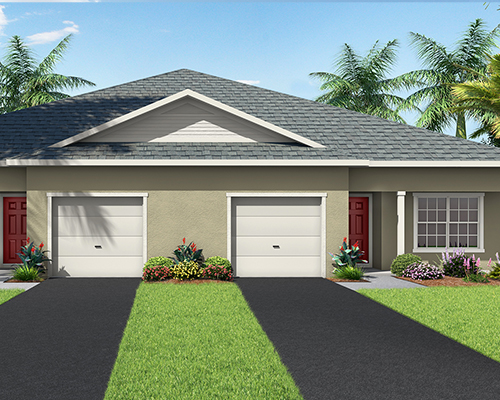What Is an Income Property?
An income property refers to a piece of real estate that is purchased or developed primarily in order to earn income by renting or leasing it out to others, with a secondary goal of price appreciation. Income properties, which are a subset of investment properties, may be either residential or commercial.
Investors must take several factors into consideration—such as interest rates and the housing market environment—before purchasing an income property, as there can be unique risks associated with this kind of investment.
KEY TAKEAWAYS
- An income property is purchased or developed to earn income by renting or leasing it out to others or through price appreciation.
- Income properties may be both commercial and residential.
- Owners should have a financial cushion to pay for repairs, maintenance, and other costs such as property taxes in case of emergency.
- Although they may generate income, owners should consider the risks including interest rates, housing market conditions, and disruptive tenants.
Understanding Income Properties
Income property can be a good investment for a variety of reasons. It offers an alternative to standard market investments in stocks and bonds. It also offers the investor the security of real property with many investment diversification benefits. Investing in real estate for income requires a broad range of considerations, including interest rates and the state of the housing market, among others.
A real estate property can be an excellent long-term investment that may even provide a source of income in retirement. But income properties require a great deal of analysis to ensure that steady cash flow is available throughout the life of the loan and beyond. Determining a base rate of income to rent is often important in order to determine the desired rate of return (RoR). One way to do this is by analyzing the current rental rate on similar properties in the area while factoring in the monthly payments required for the mortgage.
Because the costs to maintain an income property may be high, property owners should consider having a financial cushion on which to fall back in cases of emergency. This includes being able to pay for repairs, regular maintenance, or other costs they are liable for on the building like property taxes and utilities. Managing the cash flow and ensuring that it exceeds the cost of borrowing and expenses helps to increase the return on the owner’s investment.
As mentioned above, income properties can be both commercial and residential. Income-producing commercial real estate is mainly used for business purposes such as office buildings, retail spaces, hotels, or mixed-use properties. Residential properties, on the other hand, are used primarily for personal use by people other than the owner. Residential income properties may be single or multifamily homes, condominiums, townhomes, apartments, or seasonal homes such as cottages.
Special Considerations
Income properties may be part of primary residences or additional properties owned by an investor. In some cases, the homeowner rents out a portion of their own home—say, their basement or the upper level of the property—in order to produce income while maintaining a residence there. This is called an owner-occupied income property, meaning both the owner/landlord and the tenant live in the same property.
A non-owner-occupied property is one that isn’t occupied by the owner and is purely retained for income-producing purposes. This means the property is only used by the tenants or lessees.
